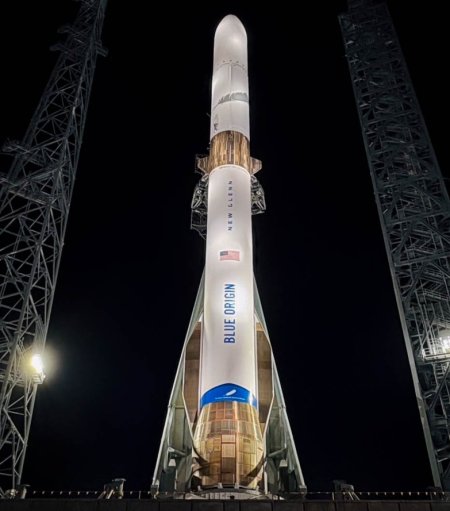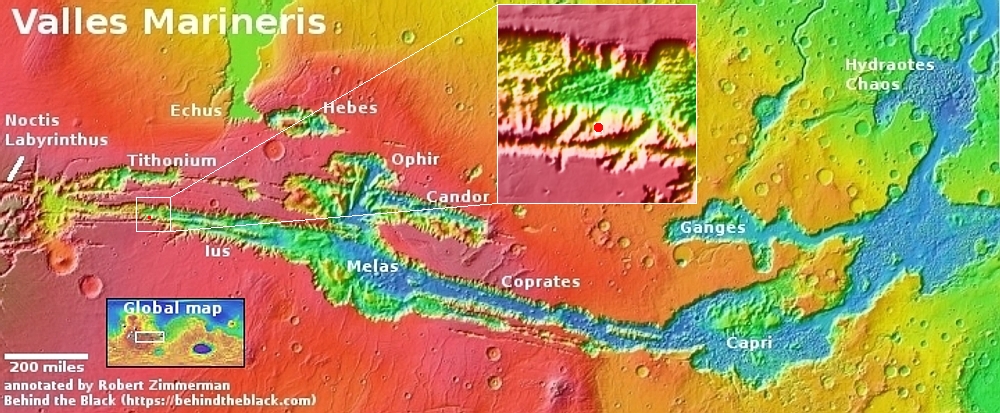China replaces head of its space agency
The man who has headed China’s space agency since 2018 during its most aggressive and successful period, Zhang Kejian, has been replaced by the Chinese government. Zhang has also been removed from another important political post.
Zhang, 63, who has been head of the China National Space Administration (CNSA) since May 2018, is to be removed as Party Secretary of the State Administration for National Defense Science, Technology, and Industry (SASTIND), the agency announced Dec. 26. Shan Zhongde, 54, has been appointed as his replacement. The leader of SASTIND typically also heads CNSA and the China Atomic Energy Authority, both of which are subordinate agencies to SASTIND. CNSA has yet to announce the expected change.
China’s state run press provided no explanation for this change, though it also follows the removal of two other high ranking managers this year from another space agency, CASC, that is supervised by CNSA. Those removals are thought related to reports of corruption.
In the past two decades CNSA administrators went on to become heads of Chinese provinces, the approximate equivalent of a state governor in the U.S. and a somewhat powerful position. It appeared the Xi government was using its space agency as a training ground for its future political leaders. This in turn gave its space operations a favorable political position within the government.
Zhang’s removal in this manner and the rumors of corruption suggest this policy failed in his case. Another possibility is ven more significant if true. It might imply Zhang was involved in some power struggle that threatened Xi and his leadership. If this last possibility is so, the present favored political position of China’s space operations might be seriously threatened. Xi might have decided he did not like the power its leaders have garnered, and is now moving to squash it.
This does not mean the government will now move to reduce its space effort. It could mean however that funding will be more closely watched, and new projects questioned and rejected more easily.
The man who has headed China’s space agency since 2018 during its most aggressive and successful period, Zhang Kejian, has been replaced by the Chinese government. Zhang has also been removed from another important political post.
Zhang, 63, who has been head of the China National Space Administration (CNSA) since May 2018, is to be removed as Party Secretary of the State Administration for National Defense Science, Technology, and Industry (SASTIND), the agency announced Dec. 26. Shan Zhongde, 54, has been appointed as his replacement. The leader of SASTIND typically also heads CNSA and the China Atomic Energy Authority, both of which are subordinate agencies to SASTIND. CNSA has yet to announce the expected change.
China’s state run press provided no explanation for this change, though it also follows the removal of two other high ranking managers this year from another space agency, CASC, that is supervised by CNSA. Those removals are thought related to reports of corruption.
In the past two decades CNSA administrators went on to become heads of Chinese provinces, the approximate equivalent of a state governor in the U.S. and a somewhat powerful position. It appeared the Xi government was using its space agency as a training ground for its future political leaders. This in turn gave its space operations a favorable political position within the government.
Zhang’s removal in this manner and the rumors of corruption suggest this policy failed in his case. Another possibility is ven more significant if true. It might imply Zhang was involved in some power struggle that threatened Xi and his leadership. If this last possibility is so, the present favored political position of China’s space operations might be seriously threatened. Xi might have decided he did not like the power its leaders have garnered, and is now moving to squash it.
This does not mean the government will now move to reduce its space effort. It could mean however that funding will be more closely watched, and new projects questioned and rejected more easily.
















